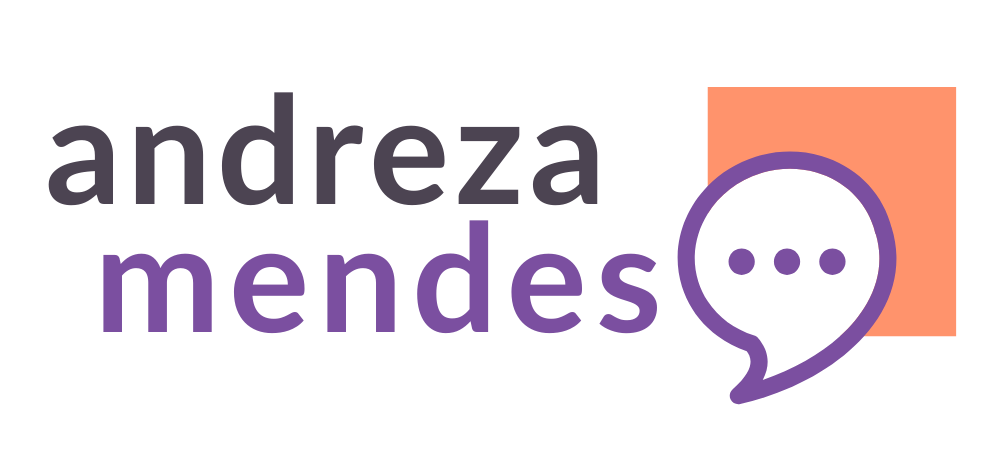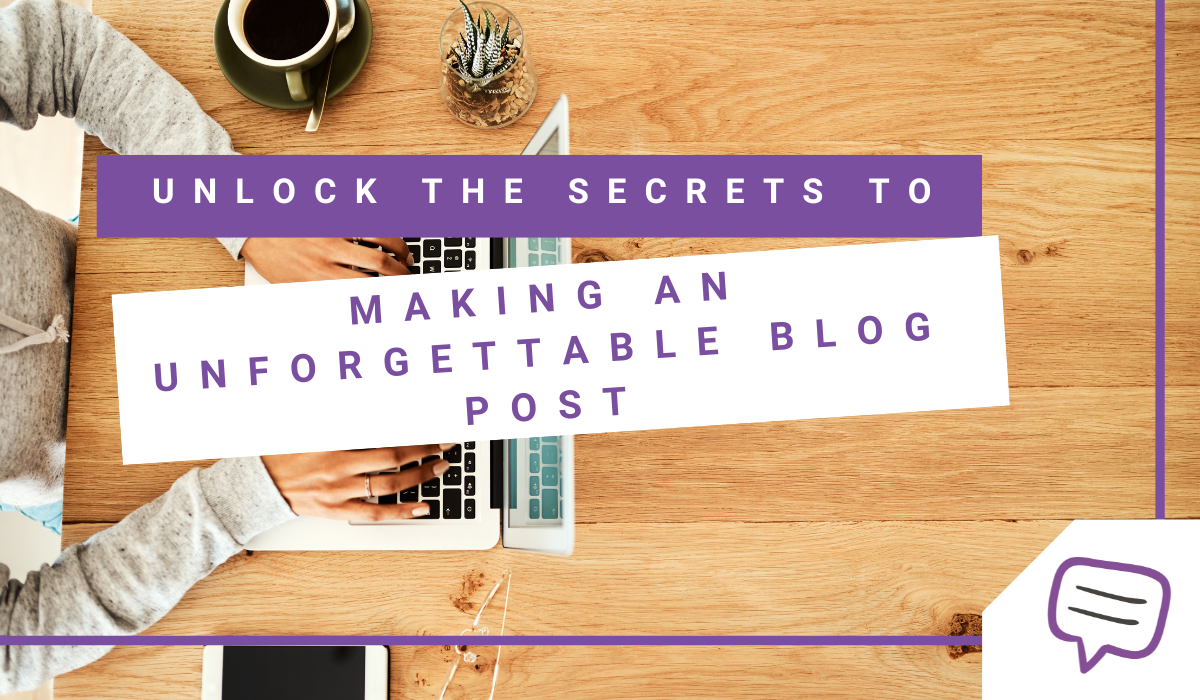Are you looking for the perfect formula to craft an engaging blog post? Writing a successful blog post involves more than just putting words on paper – it requires you to have a clear strategy and plan of action. In this article, we’ll guide you through 10 essential tips for crafting the perfect blog post.
From choosing the right topic, to developing an engaging title, and from finding reliable sources to writing with clarity and precision – we’ll provide you with all the tools necessary to create a successful post that is both informative and entertaining.
So if you would like to learn how to write a great blog post, read on!
Develop an engaging title
When crafting a blog post, the title of your article is one of the most important elements. It’s the first thing readers see and it sets the tone for what’s to come. It helps make the reader curious to go on reading the blog post.
A great title should be eye-catching and draw the reader in, while also providing an accurate description of what they can expect from reading your article.
Here are some tips for creating an engaging title for your blog post:
Create an eye-catching headline that will draw the reader in
The headline is arguably the most important aspect of any blog post, so make sure to choose one that will stand out and grab attention. Consider using power words such as “amazing” or “revolutionary” to get readers interested.
Identify the keywords that you want to target and use them in your title
Keywords are essential when it comes to SEO, so make sure to include them throughout your title if possible. Try to focus on primary keywords that accurately reflect what your post is about, as this will help with search engine rankings as well as attracting more readers.
Include your primary keyword in the title
This is especially important if you want a higher ranking on search engines such as Google or Bing – having your keyword at the start will help your content get indexed correctly by search engine algorithms, which will result in more visibility for your article overall. And that’s what we want, right?
Keep your title short and to the point
Long titles can be off-putting and won’t necessarily attract more clicks – instead, try to keep it concise but still informative enough, so readers know what they’re getting into before clicking on it. The recommended length of your title is 60 characters, so if you can put all the information to say what your post is about and get the attention of your reader inside this number of characters, I recommend doing it.
Incorporate a “hook” or some sort of intrigue in the title
This could involve asking a question or making an intriguing statement that leaves readers wanting additional information about what you have written about in your post! Think about that as a “Hm, what can I put it here that will surprise and get the readers’ attention?”. If you’re not sure, maybe doing A/B testing is a good way to go.
By following these tips for crafting an engaging blog post title, you’ll be able to set yourself apart from other writers and create something that stands out from the crowd!
Choose your topic wisely
Picking a theme for your blog post is an essential part of crafting a successful piece. Before you start writing, take the time to explore and research related keywords, understand who your target audience is, and evaluate the competition in your industry. Ask yourself what value this post will bring to readers, and brainstorm ideas that could be used as topics.
When searching for topics for your blog post, it’s important to consider relevant keywords with high search volume but low competition. Utilize tools like Google Keyword Planner or Ahrefs Keywords Explorer to uncover suitable key phrases. Additionally, check out other blogs in the same niche and see if there are topics they are covering that may be of interest to you. This can give you insight into how much competition exists regarding creating content on a particular subject.
I have a theme. What now?
Once you have identified potential subjects for your blog post, do further research into each one before settling on one. Make sure it is something of value to readers while distinguishing it from similar content already available within the same field. Also think about whether there is enough information accessible so that you can create enough content around it for a full-length blog post, or would it fit better as part of an article series focusing on various aspects of a bigger topic?
Lastly, confirm that the chosen topic aligns with the goals of your website or organization’s mission statement so that readers can easily connect with it and recognize its purpose behind its formation. This will guarantee that when visitors come across your blog post, they know precisely why it was created and why they should read it!
Create an outline and structure
Creating a blog post outline and structure is essential for success. It helps readers comprehend the content more easily and makes it easier to follow the flow of the post. Here are some tips on how to develop an effective layout and organization:
Set objectives
Before beginning your blog post, take a few moments to consider what you want your readers to get from it. Do you want them to be informed? Entertained? Grasp your viewpoint? Once you have identified the desired result, it will be simpler for you to create the content of your post in such a way that meets these aims.
Decide length
How lengthy should your blog piece be? This can vary depending on industry standards and what type of article is being composed (e.g., opinion-based vs tutorial). Generally speaking, posts ought to be long enough that they provide sufficient information yet not too long that they become tiresome or dull for readers.
Pick format
The following step is deciding which format would work best with your topic and audience. Will it be a listicle, or an educational item with visuals or videos embedded? Knowing what style of format will perform best can ensure that readers stay engaged with your material until completion!
Write introduction
It’s significant to grab the reader’s attention right away by creating an interesting intro that sets up the rest of the piece captivatingly. Starting off powerfully with a thought-provoking statement or factoid can draw people in and keep them hooked until reaching the conclusion of your article!
Divide into sections
To maintain things organized, divide each point into its own section or subsection if required – this makes it easier for readers to find particular information quickly without having to search through paragraphs upon paragraphs of text all at once! Additionally, try splitting longer pieces into smaller parts by adding visuals such as images, diagrams, infographics etc., as these can also help guide viewers through each part more effortlessly while also providing visual appeal and breaks between text-heavy topics!
By following these steps when forming an outline and structure for their blog posts, writers can guarantee their pieces are orderly yet engaging – helping them gain their audience’s interest from start until finish!
Write with clarity and precision
Achieving the perfect blog post requires clarity and precision in writing. Using active voice and keeping sentences concise enables readers to quickly understand the content. Additionally, breaking up text into manageable chunks allows readers to digest the information at their own pace. Visuals such as images, diagrams, charts, or videos can help to add context and draw more readers in who may not have been interested otherwise.
Before publishing a blog post, it is important to double-check for typos and grammar errors. Showing accuracy through your writing reflects respect for your audience and increases the credibility of your work. By taking extra steps with quality assurance, readers are assured that mistakes won’t distract them from understanding your content.
Following these tips on writing with clarity and precision will create a successful blog post that is both informative and engaging for audiences. You can be sure that by sticking to these guidelines, you can craft an impactful piece of content that will leave lasting impressions on those who read it!
Find the perfect sources for your article
Finding the perfect sources for your article is an important step in creating a successful blog post. Not only does it help to boost the credibility of your post, but it also helps to make sure that all the facts and figures presented are accurate and up-to-date.
When researching for your blog post, you should aim to use primary sources whenever possible. Primary sources are documents or other materials created by people who were directly involved in an event or activity, or which provide first-hand accounts of events.
Examples include interviews, diaries, photographs, autobiographies, and other documents created at the time of an event. These sources offer more reliable information than secondary sources such as textbooks and encyclopedias, which may have outdated information or contain inaccurate interpretations of events.
Keep your sources updated
It is also important to make sure that all sources used in your blog post are up-to-date and not contradicted by any more recent research. When citing statistics from studies or surveys, always check the date of publication to make sure that the findings still hold true today. Additionally, before including any quotes from experts in your field, make sure they are still employed at their given institution and have not been replaced by someone else since their quote was published.
Finally, remember to include citations for any material taken from outside sources (including images) to avoid plagiarism. This will also allow readers to check out those same resources if they wish to learn more about a topic you discuss in your blog post. Furthermore, be mindful of copyright laws when using any media from external sources – make sure you have permission before using anything that may be subject to copyright restrictions.
By following these steps and sourcing credible materials for your blog post, you can create a successful piece of content that readers can trust!



